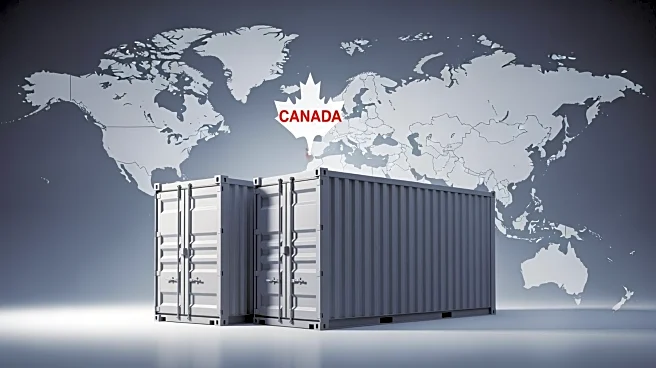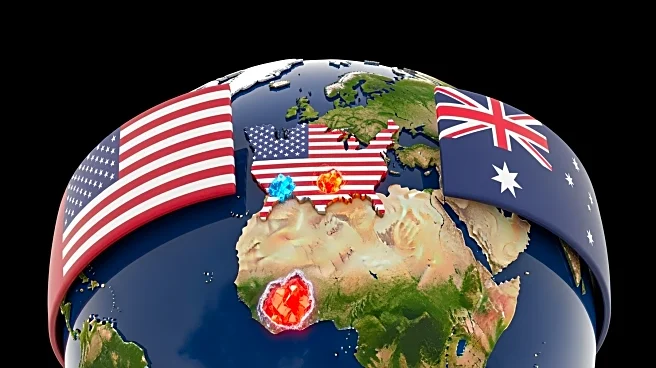What's Happening?
The White House has announced a 25% tariff on imported heavy-duty trucks, set to take effect on November 1. This decision follows a social media post by President Trump and an official proclamation aimed
at protecting U.S. truck manufacturers from foreign competition. The tariff is intended to bolster national security by encouraging domestic production and reducing reliance on foreign supply chains. However, industry experts warn that the tariff could lead to increased truck prices and supply chain disruptions, as fleets may delay or cancel orders due to higher costs.
Why It's Important?
The tariff is significant as it could reshape the U.S. trucking industry by incentivizing domestic production while potentially increasing costs for fleets and shippers. The move may accelerate reshoring efforts, but U.S. factories face challenges such as labor constraints and infrastructure limits. The tariff could also impact international trade relations, particularly with countries like Canada and Mexico, which are major exporters of trucks to the U.S. The broader economic implications include potential price hikes for consumers and increased operational costs for businesses reliant on trucking.
What's Next?
Stakeholders in the trucking industry are likely to explore strategies to mitigate the impact of the tariff, such as sourcing USMCA-compliant parts to reduce costs. The tariff may prompt fleets to extend vehicle lifecycles and increase demand for used trucks. Political and industry leaders may engage in discussions to address the trade environment and seek tariff exemptions or adjustments. The situation remains fluid, with potential for further policy developments and industry responses.
Beyond the Headlines
The tariff highlights the complex interplay between trade policy and national security, raising questions about the balance between protecting domestic industries and maintaining competitive market conditions. It also underscores the challenges of navigating global supply chains amid geopolitical tensions and economic uncertainties.













